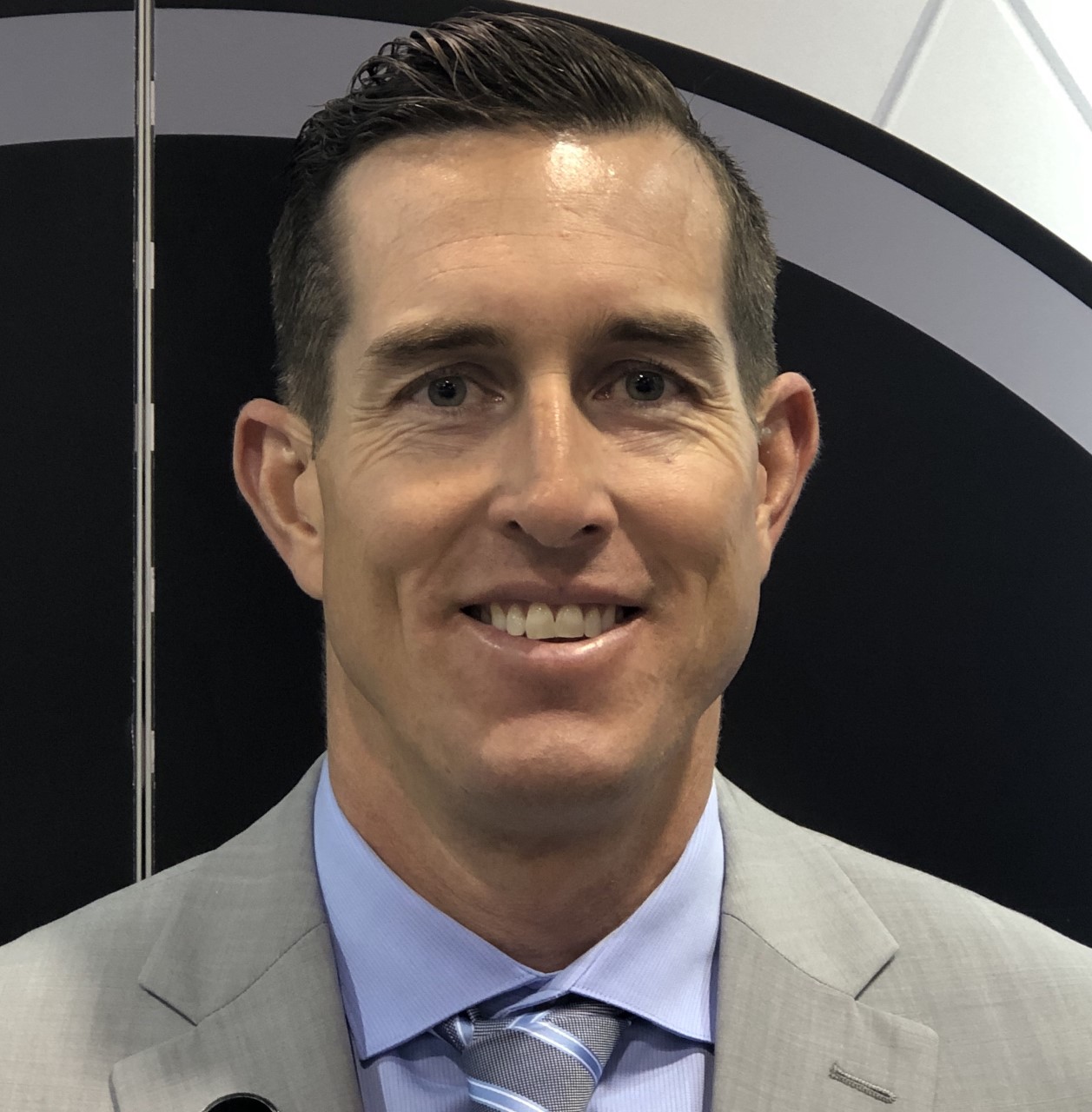PAR level management is the process of managing inventory levels to ensure the optimal availability of products for customers. It is a vital part of the supply chain process and can be used in a variety of settings, from healthcare to retail.
Its primary purpose is to maintain the right levels of inventory so that customer demand is met without overstocking. This helps reduce costs and keeps inventory levels low.
PAR level management is the practice of controlling the quantity and quality of inventory in order to meet customer demand. This is done by predicting the rate at which customers will need items, setting a minimum and maximum level of stock, and ordering new ones when the minimum level is reached.
This helps to ensure that there is a sufficient level of stock available at all times. Additionally, it helps to reduce the cost of holding too much stock and prevents overstocking. Examples of PAR level management can be seen in retail or healthcare.
The purpose of PAR level management is to ensure that customers have access to the products they need, when they need them, without overstocking. It helps to reduce the costs associated with overstocking and understocking, as well as improve customer satisfaction.
Moreover, it can help to improve the accuracy of inventory management forecasting and reduce the time it takes to fill customer orders.
PAR level management can be used to optimize inventory levels. This is done by setting a minimum and maximum level of stock for each product and managing the purchasing and inventory levels to ensure that the minimum level is maintained.
This reduces the cost of overstocking, as well as improves the accuracy of inventory forecasting.
PAR level management can also be used to automate the replenishment process. This helps to reduce costs by eliminating the need for manual ordering and restocking. Additionally, it can help to ensure that the right amount of stock is available at all times.
When using PAR level management, it is important to distinguish between deterministic and stochastic demand. Deterministic demand is when the demand for a product is known and consistent.
Stochastic demand, on the other hand, is when the demand for a product is unknown and unpredictable. It is important to understand the difference between these two types of demand in order to manage inventory levels effectively.
In order to achieve optimal inventory levels, it is important to understand customer demand and how it changes over time. It is important to understand the costs associated with stocking and restocking products.
By understanding these factors, it is possible to set the optimal inventory levels and ensure that customer demand is met without overstocking.
PAR level management can provide numerous benefits in a healthcare setting. It can help to improve patient satisfaction, reduce costs and improve the accuracy of inventory forecasting.
It can help reduce the risk of operational disruption and ensure that the right amount of stock is available at all times.
By using PAR level management, healthcare organizations can optimize their inventory levels. This helps to reduce the cost of holding too much stock and ensures that the right amount of stock is available at all times.
This can also reduce the time it takes to fill customer orders, as well as improve the accuracy of inventory forecasting.
PAR level management can also help to reduce costs. This is done by eliminating the need for manual ordering and restocking, as well as reducing the cost of overstocking. It reduces the cost of storing and disposing of excess inventory.
PAR level management can have a direct impact on the quality of patient care. By ensuring that the right amount of stock is available at all times, healthcare organizations can reduce the risk of operational disruption and ensure that patient needs are met in a timely manner.
This can lower the cost of stocking and restocking products, as well as improve the accuracy of inventory forecasting.
PAR level management can also help to reduce the risk of operational disruption and ensure that patient needs are met in a timely manner.
This is done by predicting the rate at which customers will need items, setting a minimum and maximum level of stock, and ordering new stock when the minimum level is reached.
PAR level management can also have a direct impact on the quality of care. This is done by ensuring that the right amount of stock is available at all times so that patient needs can be met in a timely manner.
At Distribution Systems International, we are experts in PAR level management and planning optimal inventory solutions in healthcare supply chains.
Our team of experienced consultants can help you to plan and implement comprehensive PAR-level management and healthcare inventory management systems that meet the needs of your organization.
We can provide advice and guidance on the best way to optimize inventory levels, reduce costs, prevent delays in delivery, and improve the accuracy of inventory forecasting, helping you meet your daily demands. To learn more about our services, contact us at 800-393-6090 at Distribution Systems International today!

With 21 years of sales management, marketing, P&L responsibility, business development, national account, and channel management responsibilities under his belt, Ian has established himself as a high achiever across multiple business functions. Ian was part of a small team who started a new business unit for Stanley Black & Decker in Asia from Y10’ to Y14’. He lived in Shanghai, China for two years, then continued to commercialize and scale the business throughout the Asia Pacific and Middle East regions for another two years (4 years of International experience). Ian played college football at the University of Colorado from 96’ to 00’. His core skills sets include; drive, strong work ethic, team player, a builder mentality with high energy, motivator with the passion, purpose, and a track record to prove it.